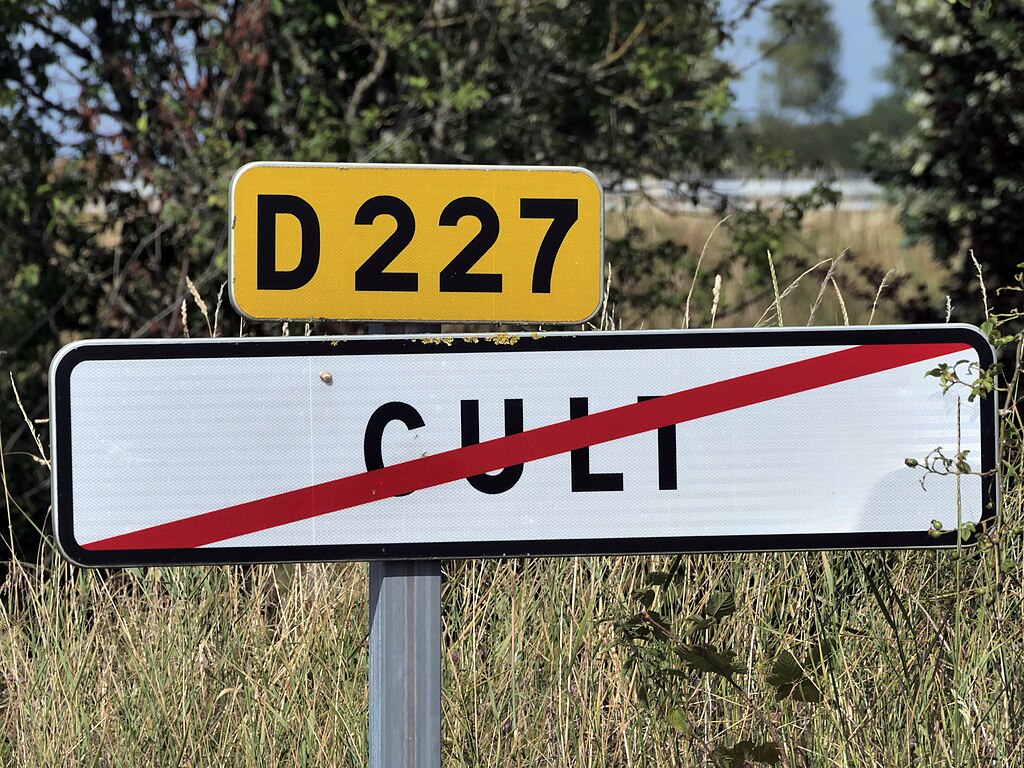The book Crisis of Conscience was written by Raymond Franz, a former member of the Governing Body of Jehovah’s Witnesses.
Franz served at the organization’s world headquarters in Brooklyn, New York, and was part of its highest decision-making council until 1980, when he was forced to resign and later disfellowshipped. His book, first published in 1983, gives an insider’s view of how doctrinal and administrative decisions were made within the Watch Tower Society.
1. Realizing the Fire
Franz begins by describing the moment when a person inside the Jehovah’s Witness organization starts to notice that something is deeply wrong.
He compares it to being inside a huge, well-constructed building that you have always believed to be fireproof — the safest place in the world. Then one day you smell smoke, see flames, and realize the fire is real.
This is the shock of discovering that teachings or policies you accepted as divinely directed can in fact produce harm or hypocrisy.
2. The Arsonist
He extends the metaphor: the fire isn’t the result of a lightning strike or accident; it has been set from within. The “arsonist” represents the misuse of authority by those who control the organization — decisions that suppress individual conscience and truth in order to protect institutional power.
The people causing the damage believe they’re safeguarding the building, but their actions feed the flames.
Franz is careful to frame this not as malice, but as the tragic outcome of spiritual arrogance and unquestioned control.
3. Trying to Warn Others
Once you see the fire, your instinct is to warn others. You shout that the building is burning — but instead of gratitude, you’re met with fear and anger. Those still inside have been taught that anyone who calls them out of the building is dangerous.
So they shut the windows, pull down the blinds, and tell others not to listen.
For Franz, this captures how loyal Jehovah’s Witnesses are conditioned to avoid “apostates” and how that wall of fear isolates them from alternative perspectives.
4. Misunderstanding and Accusation
Franz says that, to those still inside, the ones leaving look like fools running into the fire.
They can’t imagine safety existing anywhere but in the organization, so the act of leaving seems suicidal.
This misunderstanding mirrors how ex-Witnesses are often accused of bitterness or rebellion when their decision is actually based on conscience and conviction.
5. Conscience as the Guide
Franz emphasizes that leaving the organization is not about rejecting God, faith, or morality — it’s about following conscience when obedience to human authority conflicts with truth.
He portrays conscience as the alarm that warns of the fire; ignoring it would mean complicity in the damage.
This is one of the central ideas of the entire book: true loyalty to God sometimes requires disobedience to religious authority.
6. Compassion for Those Still Inside
Despite the pain and rejection he experienced, Franz writes with empathy.
He understands why many remain inside the burning building — fear, family ties, and the belief that there’s nowhere else to go. He prays not for their destruction but for their awakening.
His tone is sorrowful rather than triumphant, and he confesses that leaving cost him nearly everything dear to him.
7. Hope Beyond the Fire
In the final reflections, he turns from judgment to hope. He says that stepping out of the building is not entering chaos — it’s stepping into fresh air and freedom, where a person can rebuild faith on a foundation of honesty and love rather than fear.
He ends with the conviction that conscience, when guided by integrity, will always lead toward life, not destruction.
In Summary
This metaphor isn’t just literary — it crystallizes the emotional core of Crisis of Conscience.
It conveys:
- the shock of realizing the institution you trusted is harming people,
- the moral compulsion to act,
- the misunderstanding and isolation that follow, and
- the hope of spiritual renewal outside the confines of authoritarian religion.
This line of thinking can guide you as to help other people in a similar situation. How do you persuade people to flee the burning building? The more you try to convince them to come out, the more they hide away, lock the doors and resist your efforts.
Your only hope is to persuade them that the building really is on fire. Ask them if they smell smoke? Ask them if it feels hot? Don’t try to tell them that the building is on fire or that they are in danger because they have been PRECONDITIONED to respond with hostility to anyone who makes those arguments.
It’s easy to despair that you aren’t making an impact as you see things go from bad to worse. It’s hard to not try to use coercion to make people turn around. Yet that will defeat your purpose. The more you try to use laws and coercion on people, the more license you give them to do the same.
So don’t argue or try to convert anyone. Just preach the gospel. The message eventually wins.

Comments are closed